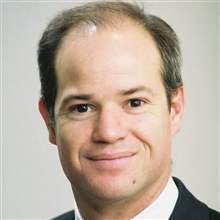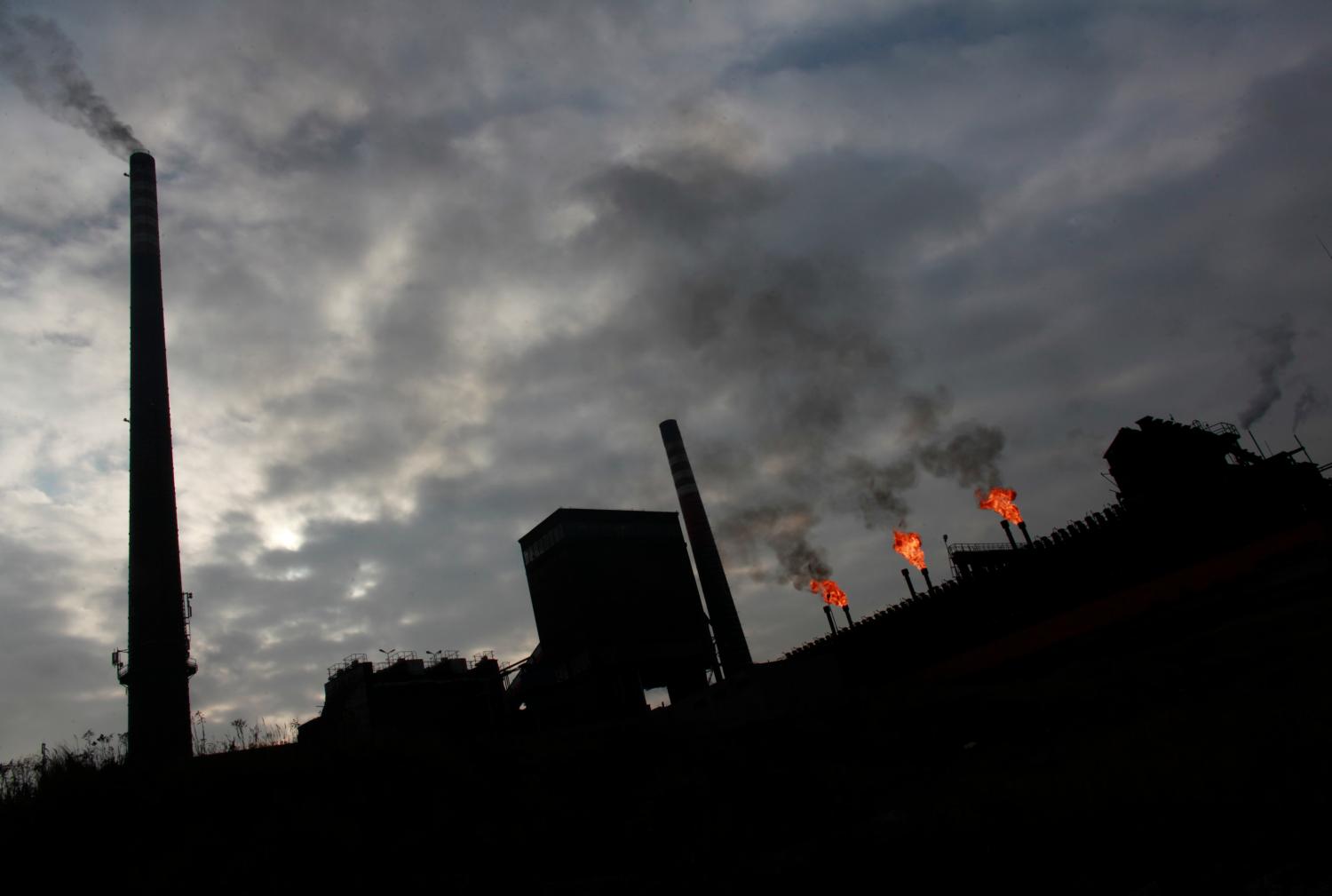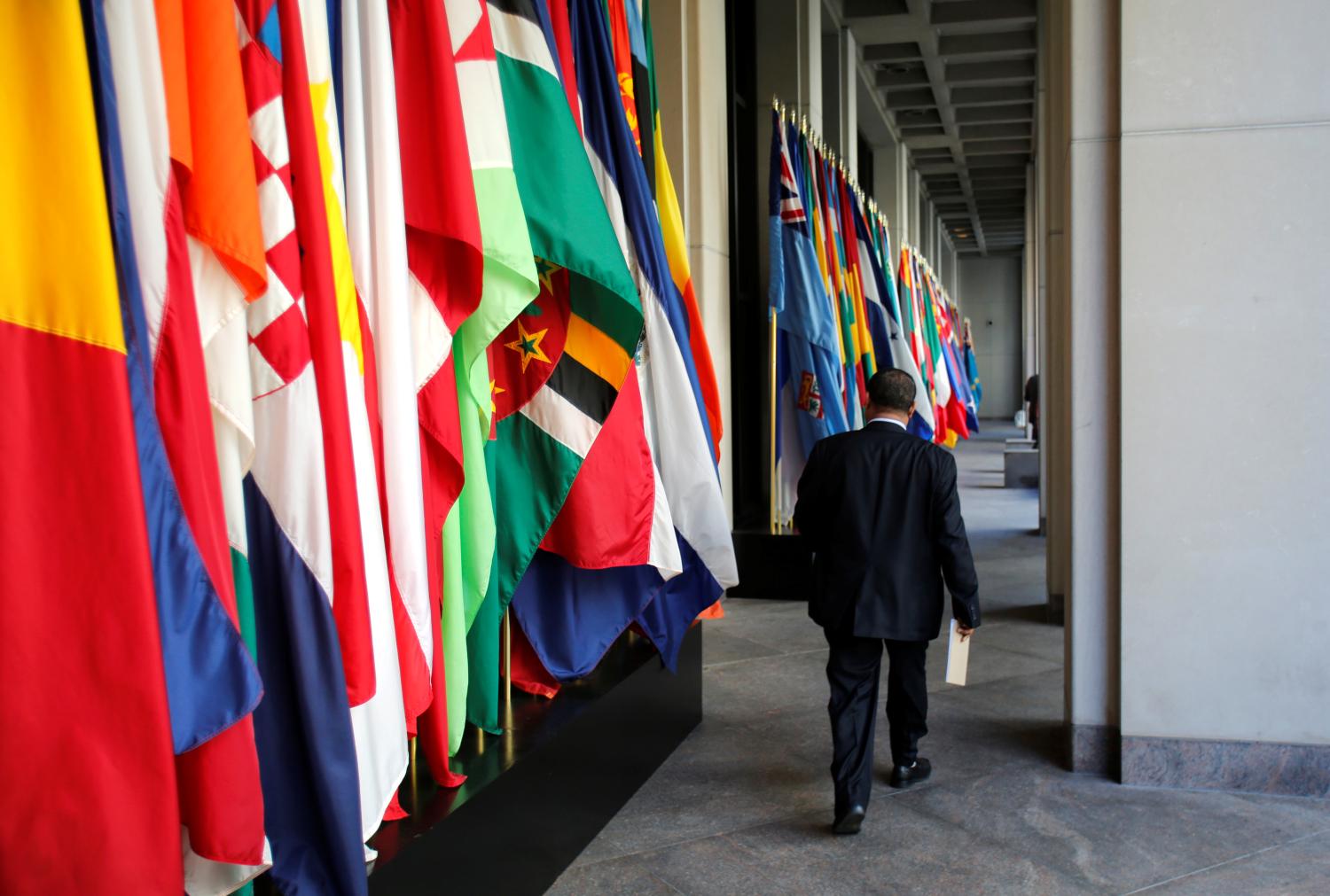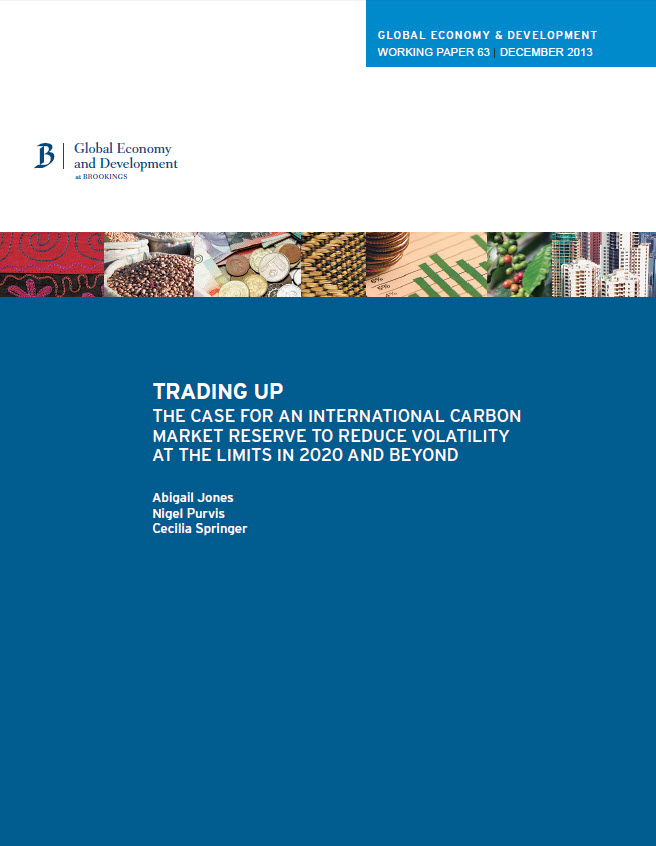EXECUTIVE SUMMARY
Climate policymakers face major challenges when designing
future global carbon markets—those involving
carbon transactions between “buyers” (predominantly
developed countries to date) and “sellers” (mainly developing
countries, particularly least developed nations).
On one hand, domestic carbon markets are currently
spreading and linking rapidly around the world. By 2015,
based on already announced policies, carbon markets
will cover almost 3 billion people and the lion’s share
of the world’s economy. Because carbon markets, and
carbon pricing instruments in general, present the most
flexible mechanism to create low-carbon economies,
carbon markets are likely to play a major role in future
efforts to confront climate change—perhaps on the order
of shouldering 50 percent of the solution.
Yet today’s global carbon market, on the other hand, is
somewhat dysfunctional and highly volatile—characterized
by dramatic changes in supply, demand, price,
and public confidence. Prices today under the Clean
Development Mechanism (CDM), the world’s largest
global carbon market, are just 7 percent of market value
in 2011, leaving policymakers, companies, and investors
wondering what should be done to make the future global
carbon market more viable.
Absent new policy solutions, global carbon markets of
the future—including the new global mechanisms na- tions are constructing in ongoing international
climate talks for 2020 and beyond—are likely to face similar uncertainty, volatility and crises in
confidence. Most economic models project that global carbon market prices are likely to remain
depressed through 2020 with supply greatly exceeding demand. In the longer run, high prices, low
prices and price spikes all seem plausible. Demand for carbon market securities, or Certified
Emissions Reductions (CERs), depends mainly on three things—rates of economic growth, the speed of
innovation, and the stringency and scope of climate policy—each of which change constantly,
sometimes quite unpredictably, and rapidly. For its part, Point Carbon estimates that by 2030
carbon prices in the European Union will hover around €70 per ton, suggesting that prices in the
international carbon
market might be roughly €45 per ton.
Reducing extreme volatility in global carbon markets
would have numerous benefits, including providing a
steady stream of foreign direct investment for low-carbon
development in least developed countries (LDCs), minimizing
the costly disruptions of price spikes and crashes
and empowering the world to pursue ambitious climate goals. Beginning immediately, nations need to design post-2020 global carbon markets with policy features that reduce extreme volatility and that reflect, at least to some degree, the real value to the world of reducing emissions.
In this paper we make the case for one useful, albeit partial, solution: a new international carbon market reserve with the authority and mandate to adjust the supply of global carbon market securities when prices rise or fall to extremes. An international carbon market reserve could help nations temper likely swings in global carbon markets by increasing the supply of carbon credits when demand exceeds supply, and potentially reduce supply by purchasing credits when prices fall. Furthermore, were the reserve to forgo a price floor function, it would generate new financing—perhaps billions of dollars—to build resilience to the adverse effects of climate change in developing countries.
Carbon market reserves are already part of several regional and national carbon markets, but are absent from global markets. Our modeling suggests that an international carbon market reserve of 600 million tons of carbon securities could eliminate global carbon price spikes in the early years of the post-2020 period and reduce price spikes by as much as 40 percent under a number of likely scenarios between 2020 and 2030.
Among existing global international organizations, the most logical candidates for housing a carbon market reserve are the International Monetary Fund (IMF), the World Bank and United Nations. Each institution has its strengths. While the IMF’s mission is most closely aligned with the goals of a global carbon market reserve, the organization has the least carbon market experience today. In contrast, the World Bank has been an innovator in carbon markets, while its mission to promote economic development fits well with the defining feature of the global carbon market—namely, carbon transactions involving developing nations. For its part, the United Nations offers tremendous legitimacy and has regulated the vast majority of the global carbon market for the past decade. While all three institutions might usefully contribute to the management of a global carbon market reserve once established, we urge the World Bank to take the lead in developing the idea now and to present a proposal for a carbon market reserve to the international community. Ideally, such a proposal would be released well before the 2015 session of global climate talks when nations have agreed to conclude a new climate agreement.
Beginning to capitalize an international carbon market reserve now makes sense for a number of reasons. First, today’s depressed carbon prices offer the world an exceptionally rare opportunity to begin capitalizing an international carbon market reserve at extremely low cost. In today’s market, stockpiling 600 million tons of CDM credits would cost the international community at most $600 million and would represent a substantial head start toward capitalizing an international carbon market reserve. In fact, our estimates suggest that by 2030, a reserve of this size would be worth about $14 billion in today’s dollars, counting both cash and the value of remaining CERs.3 Second, acting now could reduce the cost of a reserve by roughly 90 percent compared to 2020. Even if the international community cannot mobilize $600 million immediately, marshaling $100 million over the next two years could save the world roughly $1 billion relative to the 2020 tab.4 Third, increasing demand for international carbon credits today would help restore confidence and maintain capacity and knowhow in today’s international carbon market. While not the primary reason for intervening, restoring confidence (if not robust prices) to today’s carbon markets might encourage countries, companies and investors to accelerate the global transition to the low-carbon economy.
Since the world has not seriously considered whether to create a global carbon market reserve, it would be premature to conclude that the concept is either politically feasible or infeasible. To be sure, some would oppose what they might unfairly demonize as a new global central bank. Yet others are likely to see how a global reserve could complement national and regional mechanisms to maintain domestic price stability, while limiting excessive volatility across the rapidly evolving global carbon market. Since both developed and developing nations would benefit from the reserve—the former from predictable and reasonably priced carbon securities in developing nations, the latter from strong and stable demand for carbon credits from developed nations—creating consensus about the desirability of a reserve may prove manageable in the years ahead.
The Brookings Institution is committed to quality, independence, and impact.
We are supported by a diverse array of funders. In line with our values and policies, each Brookings publication represents the sole views of its author(s).






